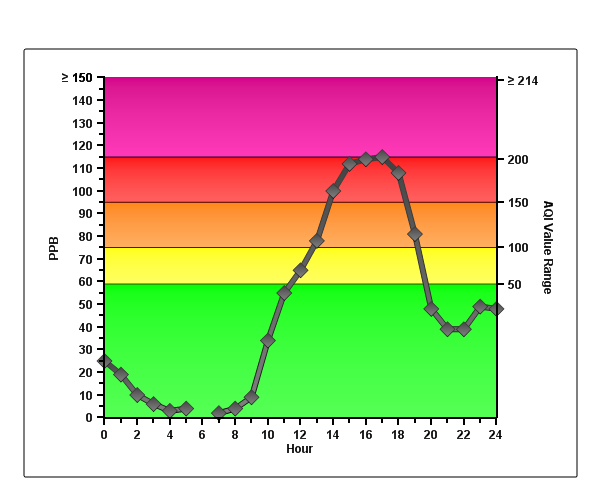
Today, KQED’s Sasha Khokha outlines how the lack of effective air monitoring policy in the San Joaquin Valley could be harming the people who live there. As she reports, a recent study from UCSF [PDF] finds a direct link between air pollution and asthma-related ER visits. The study found what researchers call a “linear association” between certain components of air pollution and asthma ER visits. In other words, as air pollution goes up, the likelihood of an asthmatic child heading to the ER goes up, too.
The San Joaquin Valley has some of the dirtiest air in the country and high rates of childhood asthma.
The culprits are two components of air pollution: ground-level ozone and particulate matter. Ground-level ozone can have corrosive effects on the lungs, decreasing lung function. Particulate matter are tiny particles, like soot. The simple act of breathing carries these particles deep into the lungs where they stick and can cause breathing and heart problems.
Adults are at risk as well. But for them, the risk is heart attack. More particulate matter in the air means more people are going to have heart attacks on that day.
Air quality activists say that local regulators are not doing a good job alerting the public when the air quality is dangerous. Pollution alerts come from newspapers, local TV and even school districts, which post flags depending on ranging from green, for healthy air to purple, very unhealthy. But, Khokha reports, “All these sources are predictions of averages for air quality on a given day. They don’t take into account the way conditions change throughout the day.”
